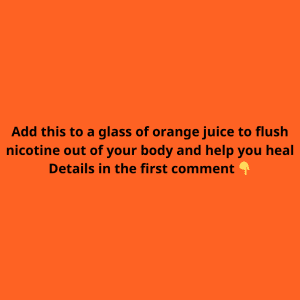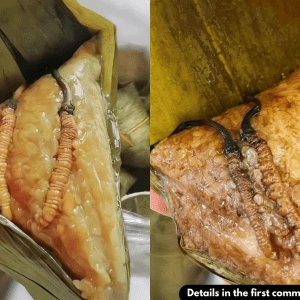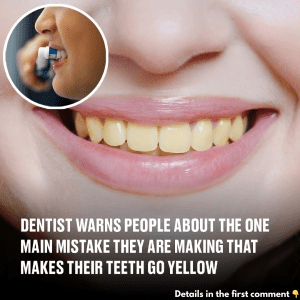Lower back pain is an all-too-common struggle, affecting millions of people around the world. It can arise from poor posture, heavy lifting, stress, or chronic issues like sciatica. While medications and physical therapy are common remedies, there’s another option rooted in traditional Chinese medicine that’s worth exploring: acupressure. By pressing two key acupressure points near your hips, you may experience significant relief. Let’s delve into this natural technique and discover how it can ease your pain.
What is Acupressure? An Overview of This Ancient Therapy
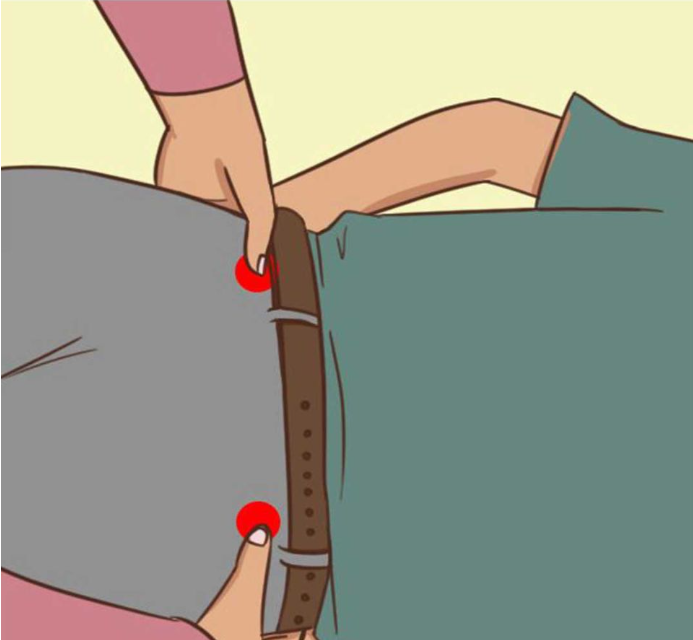
Acupressure is a healing technique that involves applying pressure to specific points on the body to stimulate natural healing processes. It’s similar to acupuncture, but without the needles—instead, it uses fingers, hands, or tools to apply pressure. The basic idea is that the body’s energy, known as Qi (pronounced “chee”), flows through pathways called meridians. When this flow is blocked or imbalanced, it can lead to pain or illness. By targeting specific points along the meridians, acupressure aims to restore balance and promote wellness.
The Two Key Acupressure Points Near Your Hips
Two acupressure points near your hips—Bladder 48 (B48) and Gallbladder 30 (GB30)—are especially effective in alleviating lower back pain, sciatica, and hip discomfort. Let’s look at where they’re located and what they do.
Bladder 48 (B48) – “Weiyang”: Relieving Lower Back Tension
- Location: The Bladder 48 point, also known as “Weiyang,” is found on the buttocks. It’s located about four finger-widths away from the spine, level with the fourth sacral foramen, which is at the base of your spine.
- Effect on the Body: Applying pressure to B48 can relieve lower back pain, sciatica, and hip pain. It’s especially helpful for muscle stiffness or tension in the lower back and buttocks. B48 is also used to address sacroiliac joint pain, a common source of lower back discomfort.
Gallbladder 30 (GB30) – “Huantiao”: Targeting Sciatica and Leg Pain
- Location: The Gallbladder 30 point, or “Huantiao,” is located on the outer side of the hip, in the depression that forms when you stand and lift your leg. To find it, draw an imaginary line from the greater trochanter (the bony bump on the side of your hip) to the sacrum (the triangular bone at the base of the spine). GB30 lies about two-thirds of the way along this line, closer to the hip.
- Effect on the Body: GB30 is highly effective in relieving sciatica, lower back pain, hip pain, and leg pain. It not only addresses muscular and nerve-related pain but also boosts circulation in the lower body, which is beneficial for reducing stiffness and promoting better mobility.
How to Apply Acupressure to These Points
Now that you know where these points are, let’s go through a step-by-step guide to applying acupressure for lower back pain relief:
- Find the Points: Use the descriptions above to locate B48 and GB30 on your body. You may need to spend a few moments exploring to find the right spots—don’t rush.
- Apply Firm Pressure: Once you identify the points, use your thumb, knuckles, or a rounded object like the eraser end of a pencil to press down. Apply firm but gentle pressure; you should feel a slight discomfort, but not pain.
- Massage in Circles: After applying pressure, gently massage the area in circular motions for 1-2 minutes. This helps stimulate the acupressure point and encourages the flow of Qi.
- Breathe Deeply: Breathe slowly and deeply while applying acupressure. Deep breathing can help you relax and enhance the treatment’s effectiveness.
- Repeat: For best results, repeat this process 2-3 times a day, or whenever you feel pain.
Scientific Support for Acupressure’s Effectiveness
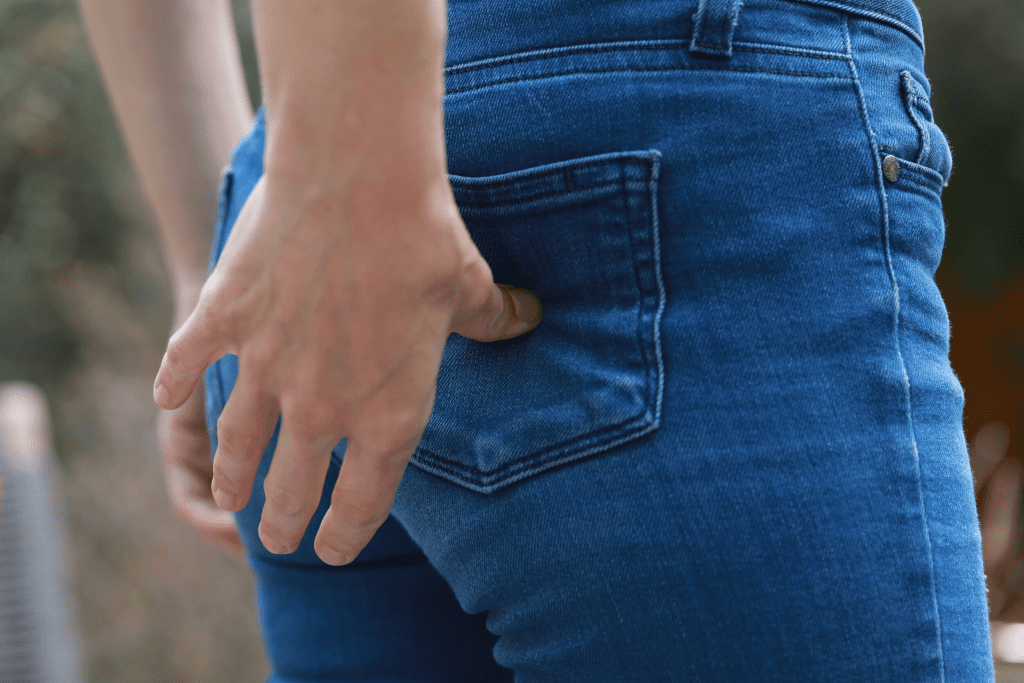
While acupressure has its roots in ancient medicine, modern research has begun to validate its effectiveness. Studies have shown that acupressure can trigger the release of endorphins, the body’s natural painkillers. It’s also been linked to improved blood circulation, reduced inflammation, and relaxed muscles—all of which help alleviate pain.
- A study published in the Journal of Pain Research reported that regular acupressure significantly reduced chronic lower back pain over several weeks.
- Another study in the Journal of Alternative and Complementary Medicine found that acupressure was as effective as physical therapy for reducing pain and improving function in patients with lower back pain.
When to Seek Professional Help for Lower Back Pain
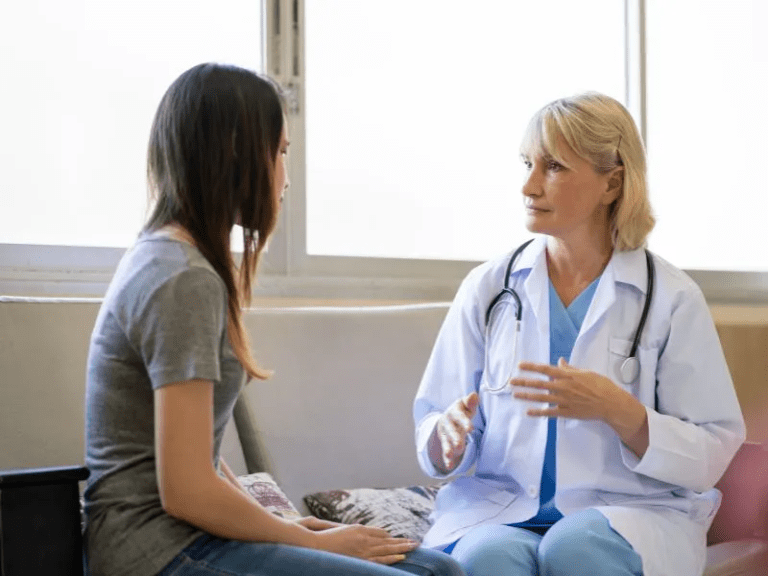
While acupressure can be a great self-help tool for managing lower back pain, it’s not always the complete answer. You should seek professional medical advice if:
- The pain is severe or persistent.
- It’s accompanied by numbness, tingling, or loss of bladder control.
- You have underlying health conditions, such as pregnancy or heart disease, which could make self-applied acupressure risky.
In such cases, consult a trained acupressure practitioner or healthcare provider before trying this technique.
Conclusion: Acupressure as a Natural Pain Relief Option
Acupressure on the Bladder 48 (B48) and Gallbladder 30 (GB30) points offers a holistic approach to lower back pain relief. This ancient technique, rooted in traditional Chinese medicine, can be a helpful addition to your pain management routine. Whether you use it as a standalone remedy or alongside other treatments, acupressure is a simple, non-invasive way to relieve discomfort and enhance your overall quality of life. So, the next time you feel a twinge in your back, why not try pressing these two powerful points?
